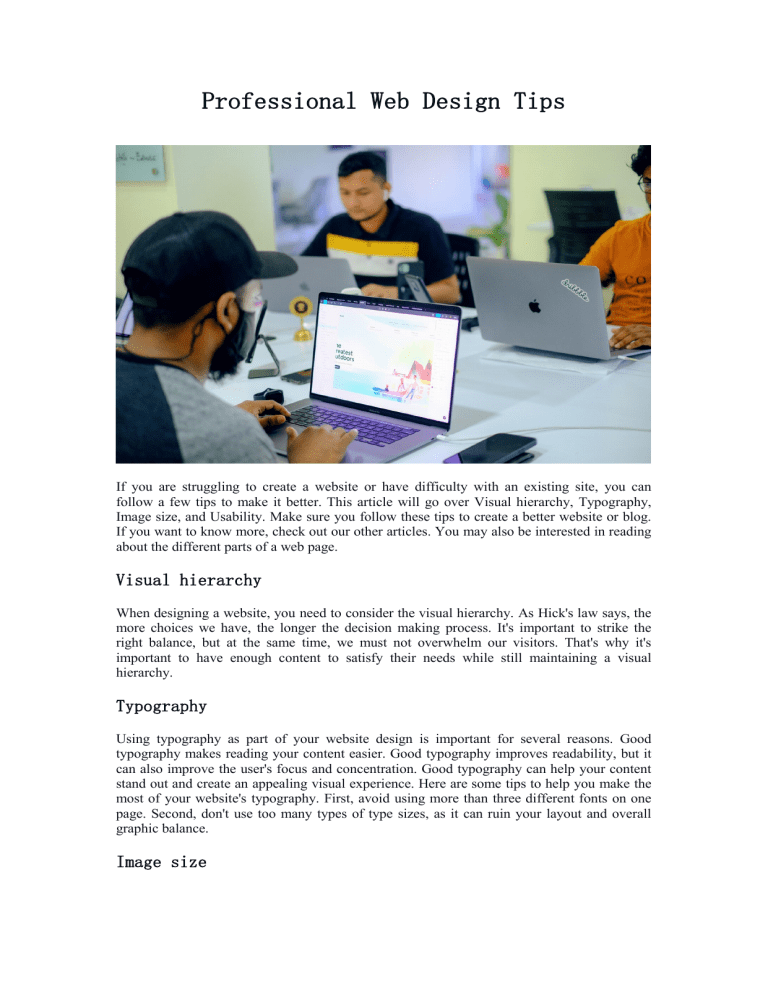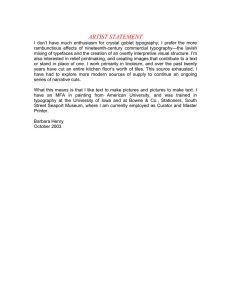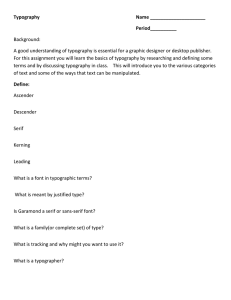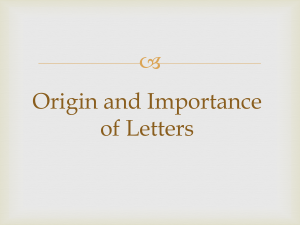
Professional Web Design Tips If you are struggling to create a website or have difficulty with an existing site, you can follow a few tips to make it better. This article will go over Visual hierarchy, Typography, Image size, and Usability. Make sure you follow these tips to create a better website or blog. If you want to know more, check out our other articles. You may also be interested in reading about the different parts of a web page. Visual hierarchy When designing a website, you need to consider the visual hierarchy. As Hick's law says, the more choices we have, the longer the decision making process. It's important to strike the right balance, but at the same time, we must not overwhelm our visitors. That's why it's important to have enough content to satisfy their needs while still maintaining a visual hierarchy. Typography Using typography as part of your website design is important for several reasons. Good typography makes reading your content easier. Good typography improves readability, but it can also improve the user's focus and concentration. Good typography can help your content stand out and create an appealing visual experience. Here are some tips to help you make the most of your website's typography. First, avoid using more than three different fonts on one page. Second, don't use too many types of type sizes, as it can ruin your layout and overall graphic balance. Image size As part of professional web design tips, you should pay special attention to the size of your images. Google warns against using high-resolution images at small sizes, increasing file size and taking more bandwidth. Instead, use the correct size for the page's layout. Keep the image's proportions in mind and use the best quality possible. Also, consider reducing the file size by using the "Resize to Fit" option. Usability When planning the design of a website, you need to consider usability. Website usability depends on how easy it is for users to navigate and use information. Your navigation menu should be easy to use and include the necessary links. Use white space around the main navigation to make it easier to distinguish. The hamburger menu is a common choice for desktops and mobile devices, but it's important that each menu item clearly describes its destination. Avoid using cute menu links that are difficult to read. Colour theory Colour theory is a vital aspect of web design. It is the science behind the way people perceive colour combinations. By understanding how colour affects us, designers can use the rules of colour theory to their advantage. Without it, the navigation bar on your website would look like a lifeless rectangle. Colour makes a website more relatable and compelling. Responsive design A website should be responsive to the devices that your visitors use to access the site. A visitor should be able to navigate the website in a few seconds, and it should avoid using stock images. A normal human's attention span is eight seconds. If your website is distracting and has confusing fonts and colours, you risk a high bounce rate. By using responsive web design, your visitors will be able to find everything they are looking for without getting lost. Using large fonts There are a few key benefits to using large fonts in web design. They make the content more readable and offer an easy-to-understand interface. Additionally, large fonts can add an aesthetic flair to a site and make it more appealing. Natural scanning patterns There are two basic eye movement patterns that humans follow when reading online content. One of them is called the horizontal scanning pattern and is typically used on pages not centred on the screen. This pattern occurs when a user's eye is drawn to the left to read the content on the page. The other is called the vertical scanning pattern and is used when a user is motivated to read the content word-by-word. Using white space White space is a great way to organise and balance your content. The word "white space" is a technical term that refers to space on a web page between larger elements. Web designers consider it a luxury because it allows the content to breathe. It helps to communicate core messaging, while the right amount of white space can help to eliminate confusion. To learn more, check out web design Sydney.





